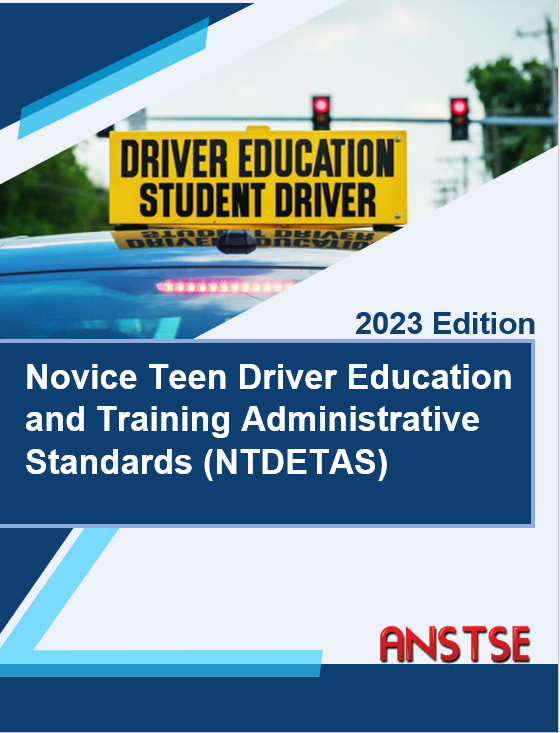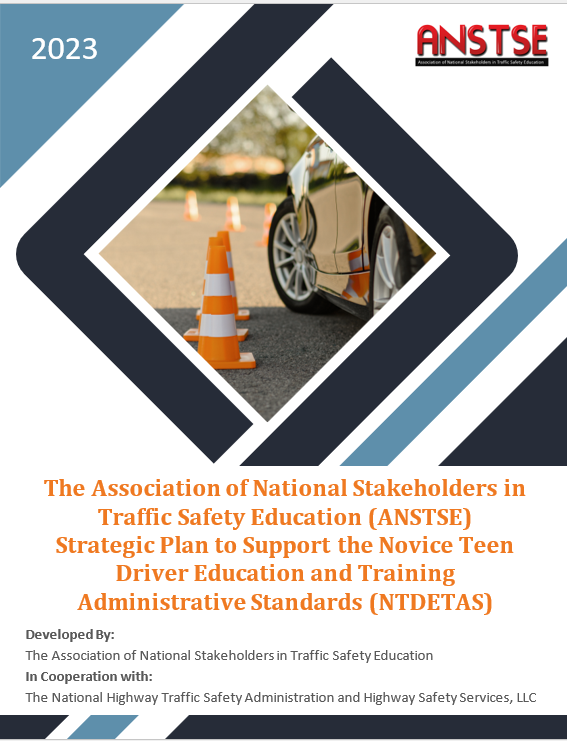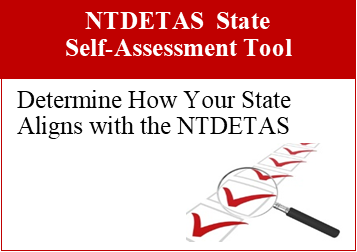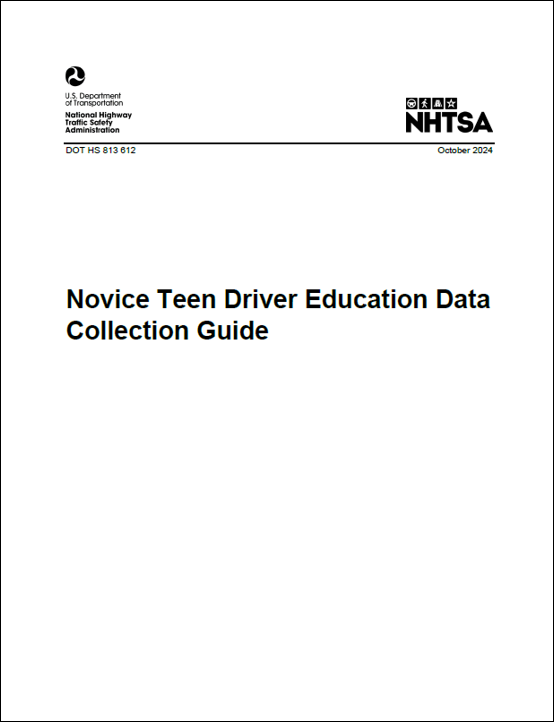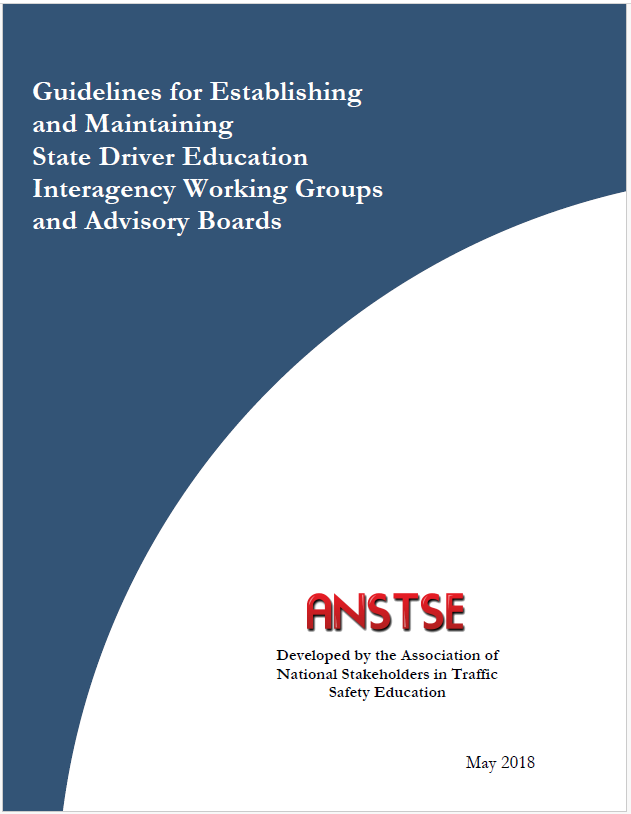Authors
Thomas III, F.D., Korbelak, K.T., Divekar, G.U., Blomberg, R.D., Romoser, M.R.E., & Fisher, D.L.
Publisher
National Highway Traffic Safety Administration
Website Section
Driver Type
Method
Experimental study
Abstract
Earlier research has demonstrated teen drivers often fail to anticipate where unexpected hazards may occur. A new driver training program called the Risk Awareness and Perception Training (RAPT) program was developed to address this problem. This study updated and evaluated the modified version of RAPT to gauge the impact of the program on driving behavior among novice and experienced drivers using a computer-based test and an on-road driving assessment. Participants (n=103 novice drivers; n=102 experienced drivers) were randomly assigned to receive RAPT or placebo training. Both trainings were embedded in a computer-based hazard anticipation assessment which featured nine simulated drives. Participants were asked to click on objects or areas in the video where they would be looking if actually driving. The assessment scored individuals on the correct number of “hits” when they clicked on specific target areas during the drive. This assessment was administered before and after receiving their respective training. Participants also completed an on-road driving assessment and were assigned to one of three data collection methods during the on-road drive (eye-tracking, a “Think Aloud” method, or both eye-tracking and the Think Aloud technique).
One-month post-training, participants returned to repeat the hazard anticipation assessment. Results showed RAPT-trained novice and experienced drivers demonstrated performance improvements from pre- to post-hazard anticipation assessment, hitting almost all of the targets during the computer post-test. Moreover, eye-tracking data from the RAPT group during the on-road drive showed they hit significantly higher numbers of total primary targets and percentages of targets compared to the control group. No differences were found in the “Think Aloud” condition between RAPT and placebo groups. Finally, results from a one-month follow up assessment revealed the RAPT group target hit rates decreased but remained above their baseline hit rates and that of the follow-up assessment hit rates of the control group. As such, it was concluded the modified RAPT had a positive impact on driving behavior, similar to the original RAPT version.
Reference
Thomas III, F. D., Korbelak, K. T., Divekar, G., Blomberg, R. D., Romoser, M. R., & Fisher, D. L. (2017). Evaluation of an updated version of the risk awareness and perception training program for young drivers (No. DOT HS 812 379). United States. National Highway Traffic Safety Administration.
Related Topics
Overview, evaluation, evaluating, assessment, studies, findings, practices, culturally responsive, Nebraska university, fresh look, large scale

